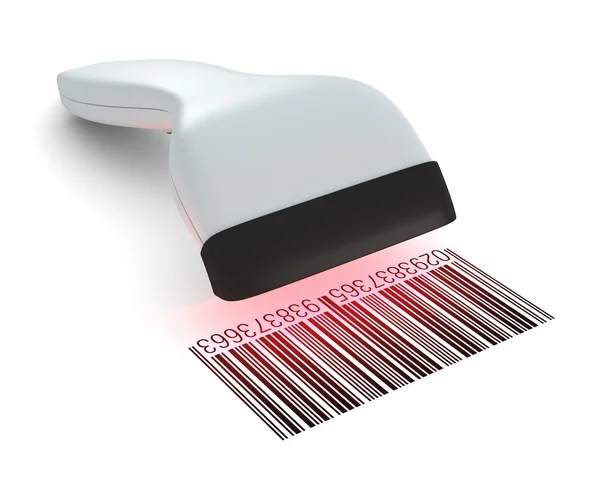Improving Safety and Accuracy: Implementing Thermal Transfer Ribbons in Your Operations
In today’s competitive business environment, companies constantly need to find ways to improve efficiency and productivity in maintaining product description and also inventory management. One key way to achieve this is by utilizing advanced technologies such as ATEX barcode scanners, thermal transfer ribbons, and barcode verifiers. In this article, we will explore how these technologies can work together to streamline operations and increase efficiency in a range of industries.
Thermal transfer ribbons are a type of printing ribbon that is commonly used for creating durable and high-quality labels and tags. They work by transferring ink from the ribbon onto the label or tag using a thermal transfer printer. The resulting label is long-lasting and can withstand harsh conditions, making it ideal for use in a variety of industries such as manufacturing, logistics, and healthcare. High quality thermal transfer ribbons are essential for long lasting and smudge free-labels which can be used in challenging environments. Most importantly transfer ribbons gives the flexibility for workers to print and label inventories in quick succession.
ATEX barcode scanners, on the other hand, are designed for use in hazardous environments such as those that contain explosive gases or dust. These scanners are certified to be safe for use in such environments, and they are often used in industries such as oil and gas, chemical manufacturing, and mining. ATEX barcode scanners are typically rugged and durable, designed to withstand extreme temperatures, shocks, and vibrations.
Regular barcode verifiers are another essential tool that can help streamline operations by ensuring the accuracy of barcode data. A barcode verifier is a device that analyzes a barcode and provides a grade based on factors such as readability, contrast, and size. This grade can be used to determine whether a barcode is of sufficient quality for use in a particular application. Good barcode scanners are certified compliant with ISO or ANSI standards. They should also be portable and flexible to carry around as well as being integrated with good software that allows smooth operation in exporting the data.
When used together, these devices can provide a powerful solution for inventory management and tracking. Thermal transfer ribbons can be used to create high-quality labels that can be easily scanned using ATEX barcode scanners. The scanners can then transmit the data to a centralized database or inventory management system, where it can be analyzed and used to make informed business decisions.
Moreover, barcode verifiers can be used to ensure the accuracy of barcode data, which is crucial for maintaining the highest levels of quality and safety in industries such as healthcare and pharmaceuticals. By using ATEX barcode scanners and barcode verifiers together, companies can reduce the risk of errors and improve the overall efficiency of their operations.
In conclusion, the use of these electronic devices can help streamline operations and increase efficiency in a range of industries. These tools are rugged, durable, and designed to withstand harsh environments, making them ideal for use in hazardous industries. By incorporating these technologies into their workflows, companies can reduce costs, minimize errors, and maintain the highest levels of safety and accuracy. The right tools and technologies can help companies stay competitive and achieve their goals in today’s rapidly changing business environment.

